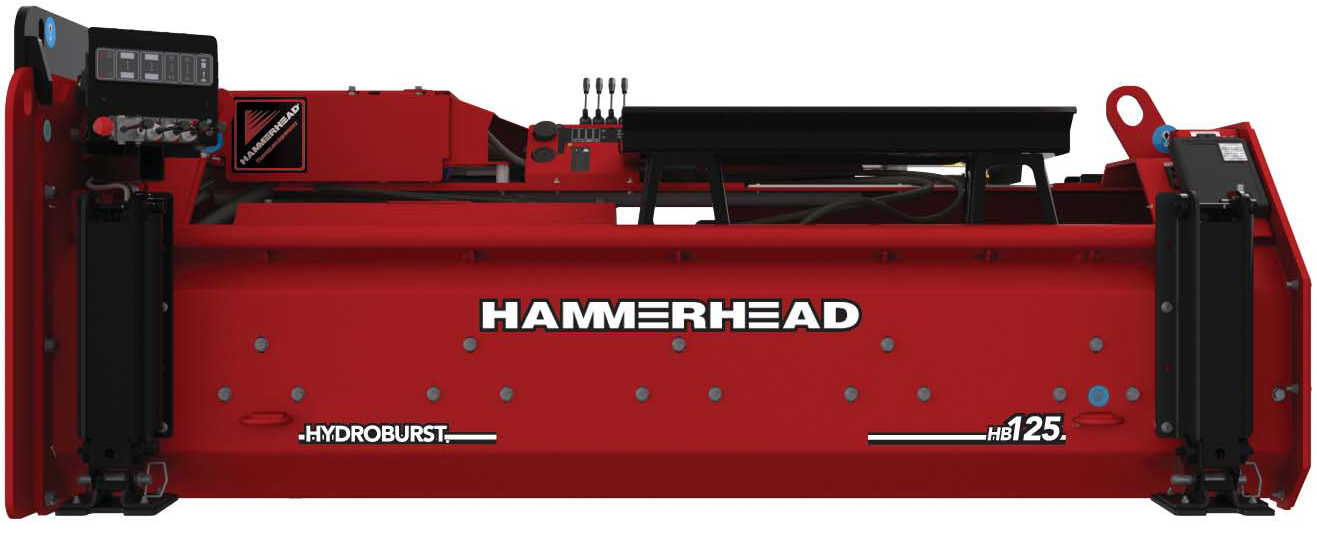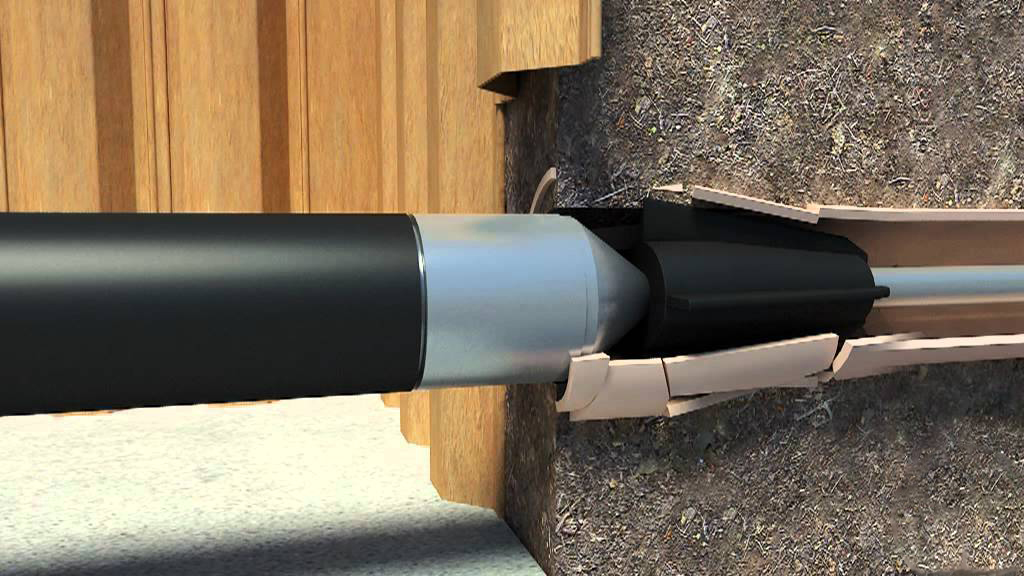Overview
Rehabilitation is a cost effective way to improve the flow of sewerage / water in the existing line which has been damaged by roots, deposits, cracks, etc. It removes the need for relocation of other utilities in the vicinity.
Although cross-section area of the line is reduced, still it results in a marked improvement in the flow capacity of the line. And since the lining materials are resistant against corrosion and chemicals, liners have a long life.
We have expertise in several rehabilitation processes depending on the project requirements –
Glass Reinforced Plastic (GRP) lining – After the existing line has been cleaned and pre-lining CCTV survey done, a new GRP liner is inserted into the damaged line. Its advantage over other methods is that it can be used with larger diameters and non-circular shapes with ease.
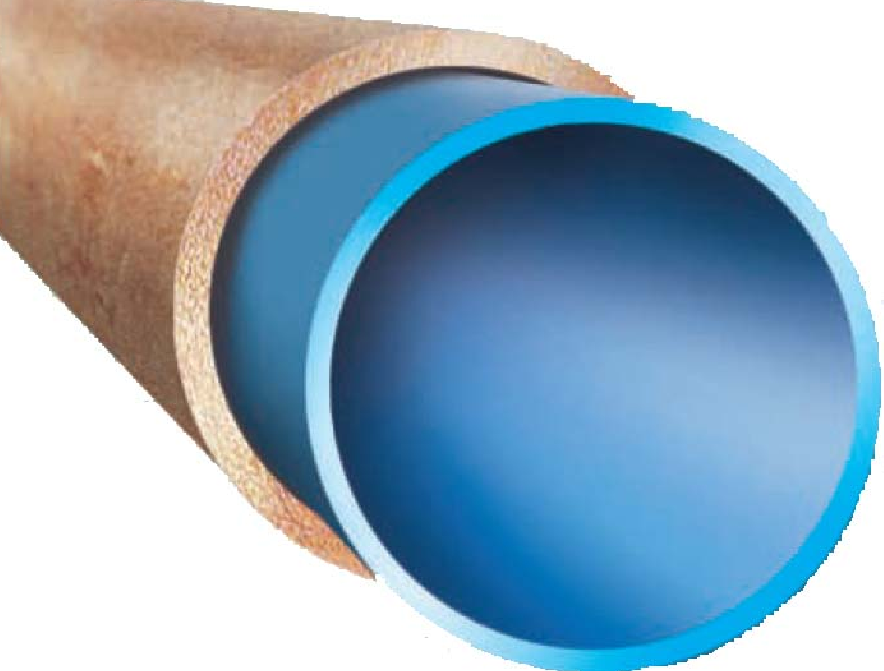
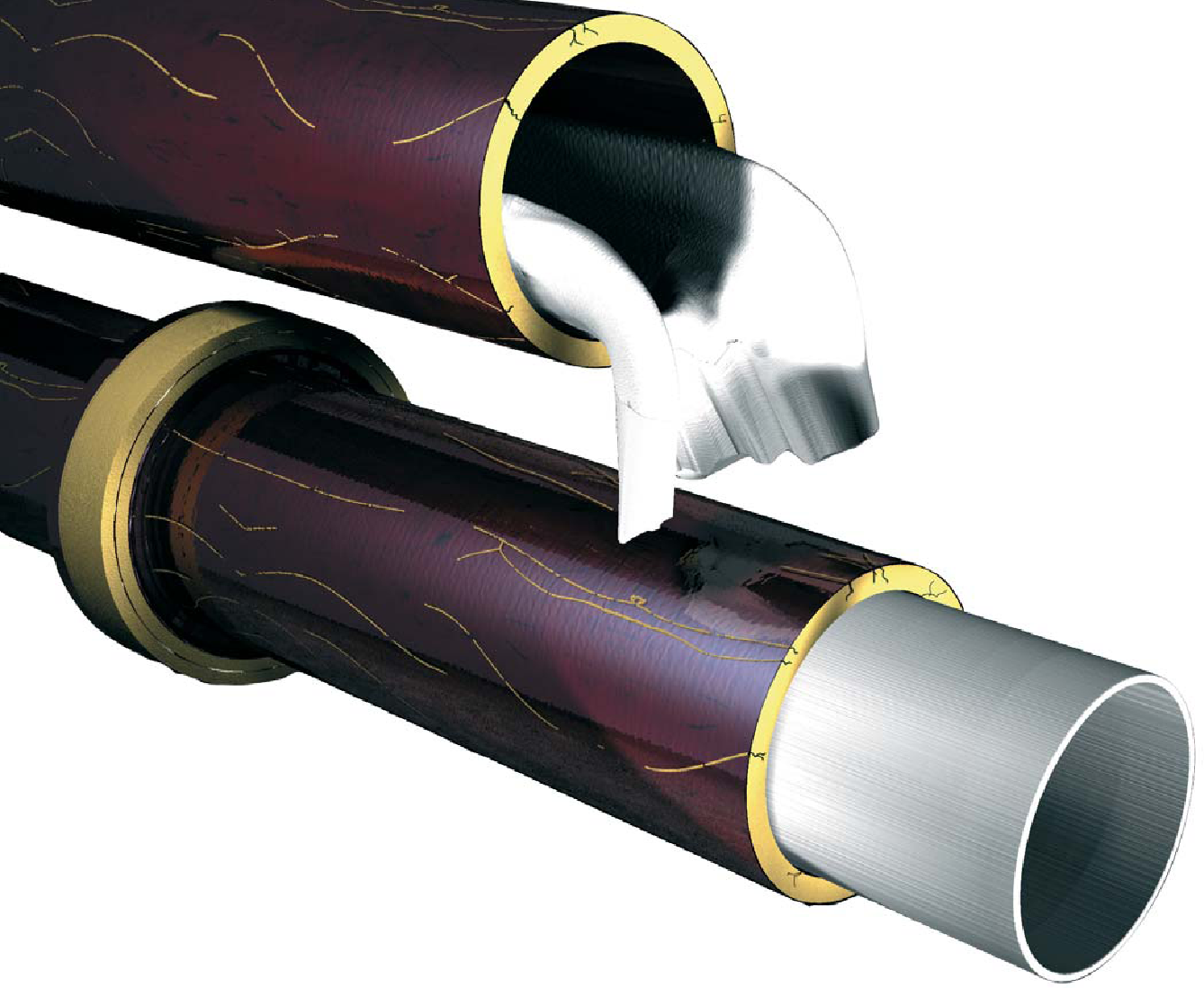
Cured in place pipe (CIPP) lining – This method uses resin-impregnated felt / glass fiber liners and an inversion / pulling process to form a new seamless pipe within a pipe. Two curing options are available – hot water and UV rays. Its main advantage is short construction times and tight fit lining. This method is most suitable for small circular profiles up to 1,000 mm and oval profiles up to 900 / 1350 mm.
Pipe bursting – It is a trenchless sewer/pressure pipe line replacement technique. Since existing line is replaced, it reduces the need for relocation of other utilities in the vicinity. It is one of the only replacement techniques which makes diameter enlargement possible.

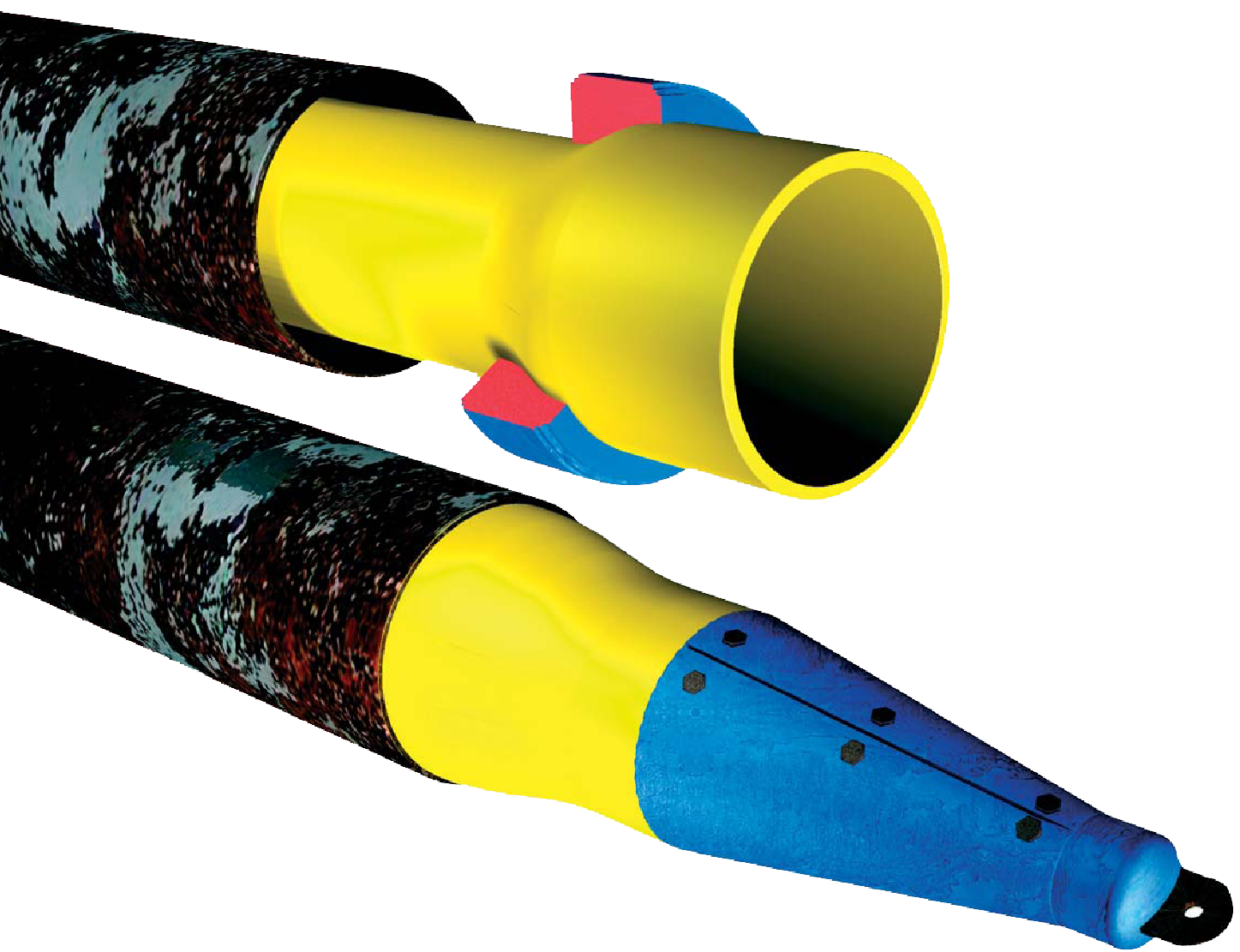
Swagelining – This method draws a reduced diameter PE liner into the existing pipe. When it reaches the final position, the winch is released and the PE liner presses out against the existing pipe. It is a very cost effective and fast process with lining of 1,000m line possible at once.
Other than these techniques, we can also provide service using following methods on an as required basis –
 Slipline
Slipline  Rolldown
Rolldown  Short-liner
Short-liner  Subline
Subline  Compact Pipe
Compact Pipe Our Services
We offer complete EPC service for your projects including –
- Project planning – Site investigation and design calculations
- Selection of right equipment and tooling for the job
- Flow bypass
- Cleaning / Desilting
- Pre and post CCTV inspection
- Pipe condition analysis
- Lining – GRP / CIPP / pipe bursting / swagelining / slipline / rolldown / short-liner / subline / compact pipe
- Manhole repair / installation
- Quality Control
Your Solutions
- Rehabilitation of existing lines in cities, with no space available to install a new line
- Any kind of damaged pipe including damage caused by roots, deposits, cracks, etc. can be rehabilitated by selecting the right technique, thereby, considerably improving the flow capacity of the line
- Pipe Bursting
- Fracturable pipes – Cast iron, clay tile, concrete, RCC, Asbestos cement, etc.
- Non-fracturable pipes – Ductile iron, steel, galvanized iron.
- Liners are resistant against corrosion and chemicals. Long life of liners translates into peace of mind for you for years to come
- No traffic / ground / environmental disturbances

